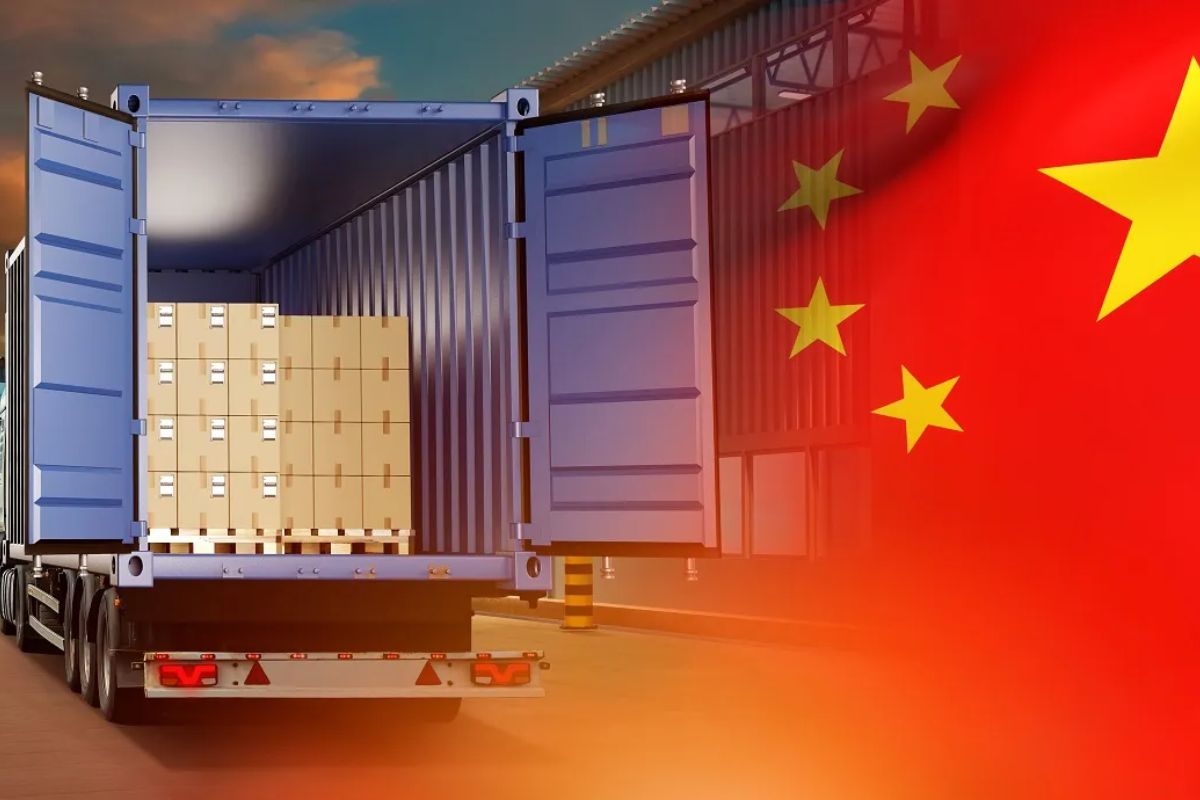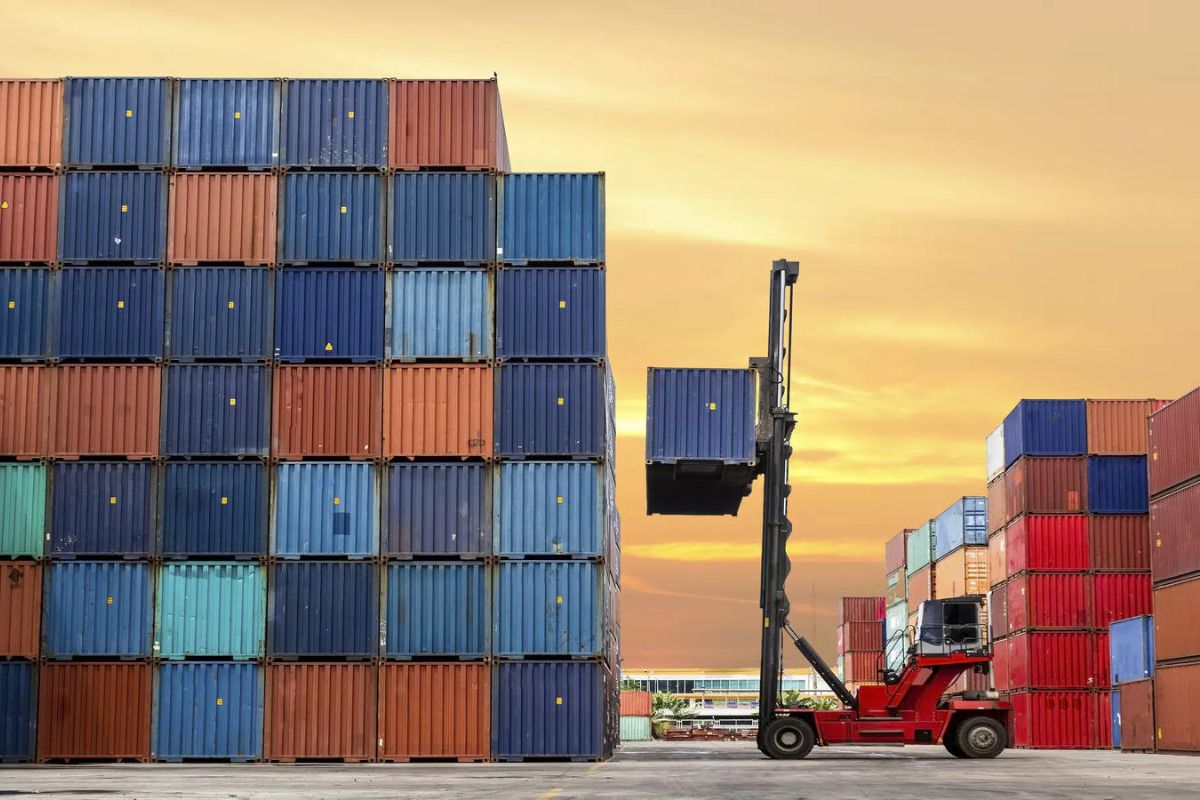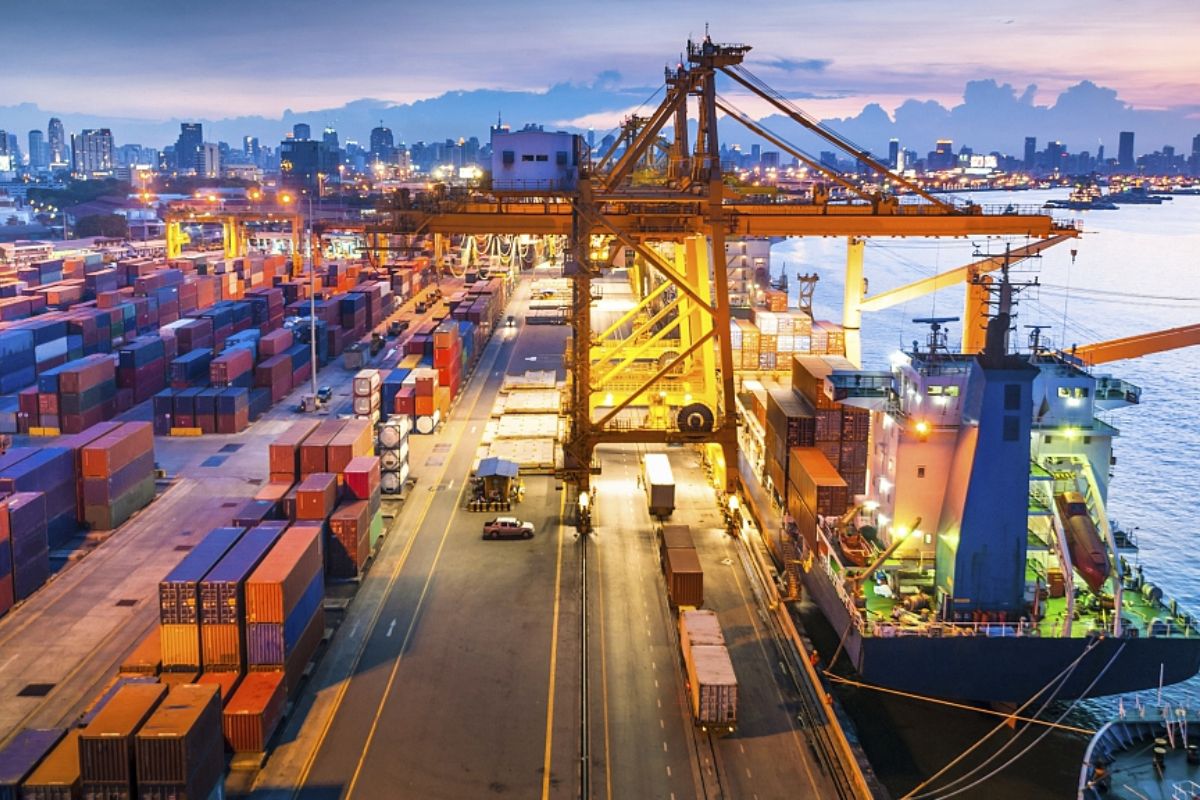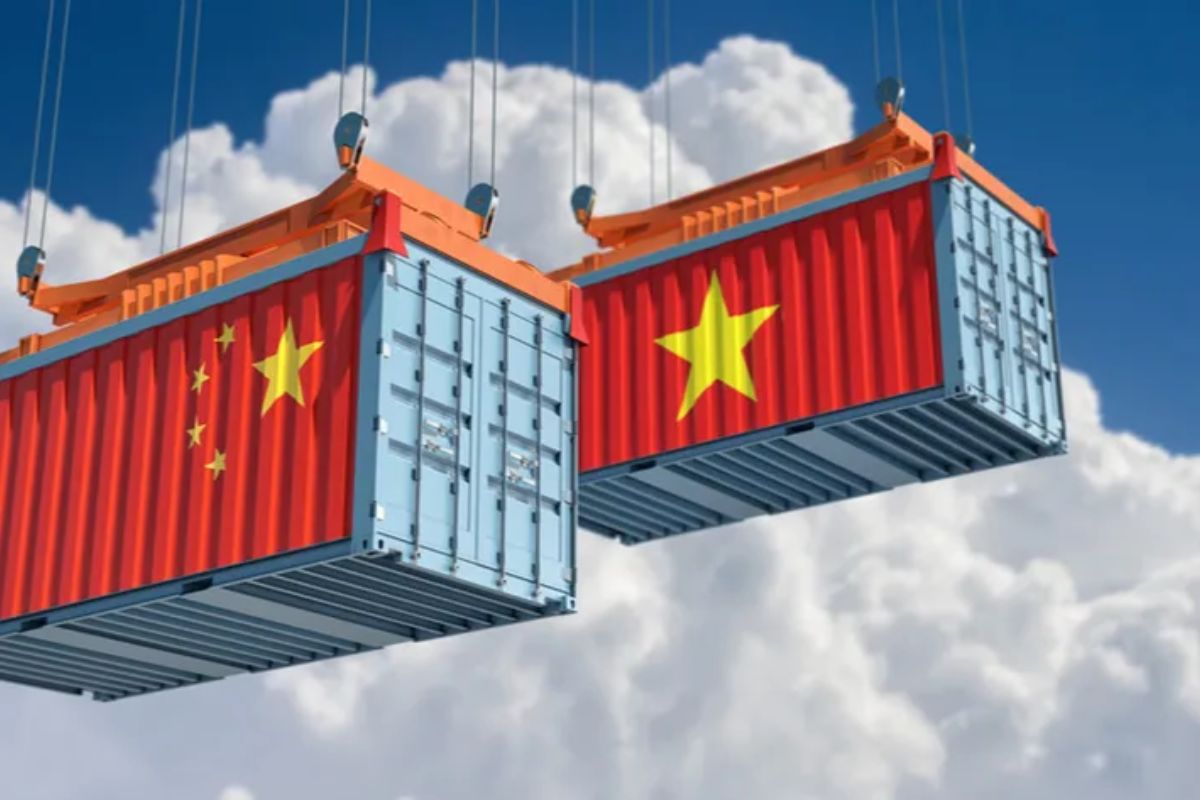China’s Export: In a global trade landscape marked by uncertainties and contractions, China’s export resurgence offers a glimmer of hope. After experiencing consecutive monthly growth, China’s export rejuvenation reflects a strengthening global trade environment. This development is not only significant for China, but it also carries implications for the overall health of the global economy.
As we delve into the factors driving this rejuvenation, it becomes evident that China’s performance is not an isolated phenomenon. The positive signals extend beyond its borders, manifesting in the turnarounds witnessed in South Korea and Germany, along with the impressive outperformance of Taiwan’s electronics sector.
However, while China’s trade surplus expands, persistent challenges in the shipping industry threaten to dampen its progress. How China navigates these obstacles and sustains its export momentum will undoubtedly shape the future of global trade.
Key Takeaways
- China’s exports have experienced a resurgence, with anticipated consecutive monthly growth and a projected year-on-year expansion of 1.7% in December.
- The global trade landscape in 2023 faced significant challenges and contractions, with an estimated contraction of nearly $2 trillion or 8%, attributed to decreased consumer spending and investment.
- Positive signals in global trade include a turnaround in South Korea’s export growth, Germany’s export data exceeding expectations, and potential improvements in demand for imported goods, fueled by projections of decreased interest rates.
- The electronics sector has been a global trade driver, highlighted by Taiwan’s remarkable outperformance in December and increased demand for high-tech products from the United States. The sector will continue to be a driving force in international trade.
How is China impacting the global trade?
A notable facet of China’s increasing prominence in the global economy is the substantial expansion of its international trade. Since 1979, China has experienced remarkable growth in both exports and imports, with an average annual rate of 15 percent. This far surpasses the 7 percent annual expansion observed in world trade during the same period.
Also Read: Chinas Strategic Maneuver: Rare Earth Processing Tech Export Ban and Its Global Impact
Why China is the largest exporter in the global trade?
China’s ascent as the leading global manufacturing hub significantly propels its success in exports. The nation has built a comprehensive manufacturing infrastructure, bolstered by a substantial labor force and a resilient industrial ecosystem.
China’s Export Resurgence: Anticipated Second Consecutive Monthly Growth
China’s export resurgence continues with the anticipated second consecutive monthly growth, signaling a promising shift in the global trade landscape.
After a prolonged period of contraction, the Chinese economy is showing signs of recovery, bolstered by a rebound in global trade. The projected year-on-year expansion of 1.7% in December follows November’s 0.5% increase, indicating a positive trend that is likely to continue.
This resurgence can be attributed to various factors, including a revival in the electronics industry and the prospects of reduced borrowing costs in 2024.
China’s export rejuvenation reflects the strengthening global trade environment and highlights the country’s ability to adapt and thrive amidst challenging circumstances. As the world emerges from the shadow of the pandemic, China’s export growth offers hope for a more robust and resilient global economy.
Global Trade Landscape in 2023: Challenges and Contractions
In 2023, the global trade landscape faced significant challenges and contractions, as elevated interest rates in major consumer markets like the United States and Europe resulted in a substantial estimated contraction of nearly $2 trillion or 8%, according to the United Nations. This contraction indicates a worrisome trend in the global economy, as it reflects a decrease in consumer spending and investment.
The increased interest rates have made borrowing more expensive, leading to a decrease in business activity and a slowdown in international trade. This contraction has had a profound impact on various economies, including China, South Korea, and Germany, who have all experienced a decline in their export growth.
The uncertain global trade landscape in 2023 calls for a comprehensive reassessment of economic policies and strategies to mitigate the challenges and stimulate growth in the future.
- The contraction in global trade highlights the interconnectedness of economies and the vulnerability of the global economy to external shocks.
- The elevated interest rates in major consumer markets have dampened consumer spending and investment, leading to a decrease in international trade.
- The decline in export growth in China, South Korea, and Germany further underscores the challenges faced by major economies in the current trade landscape.
Positive Signals in Global Trade: Turnaround in South Korea and Germany’s Exceeding Expectations
Amidst the gloomy outlook of the global trade landscape in 2023, there are glimmers of hope as South Korea and Germany defy expectations with their impressive export performances.
South Korea’s sustained growth in crucial exports for the third consecutive month in December is a positive signal for the global trade market.
Similarly, Germany’s export data for November exceeded expectations with a significant month-on-month increase of 3.7%.
These strong performances indicate potential improvements in demand for imported goods, fueled by projections of decreased interest rates in the United States and Europe throughout the year.
As these two economic powerhouses display resilience and outperform predictions, it is evident that the global trade landscape may not be as bleak as initially anticipated.
Electronics Sector as a Global Trade Driver: Taiwan’s Outperformance and Optimism for 2024
The global trade landscape is poised for a transformative shift in 2024, with the electronics sector emerging as a powerful driver, as evidenced by Taiwan’s remarkable outperformance and the widespread optimism for the year ahead.
Taiwan’s export data for December surpassed expectations, fueled by increased demand for high-tech products from the United States. This highlights the crucial role that the electronics sector plays in stabilizing global trade.
The positive momentum in Taiwan’s electronics industry is a strong indicator of the overall health and potential of the sector. As we look to the future, it is clear that the electronics industry will continue to be a driving force in international trade, paving the way for increased economic growth and prosperity.
China’s Trade Surplus Expansion and Persistent Challenges: Shipping Industry Obstacles
As the global trade landscape undergoes a transformative shift in 2024, the persistent challenges faced by China’s trade surplus expansion are underscored by obstacles in the shipping industry.
Despite positive signals in China’s export growth, the Baltic Dry Index recorded a significant decline of 7.3%. This decline reflects the ongoing obstacles that China’s shipping industry is grappling with, including attacks by Iran-aligned Houthi militants on container ships in the Red Sea.
Such disruptions not only hamper the smooth flow of goods but also pose risks to the safety and security of shipping routes. These challenges highlight the need for China to address the vulnerabilities in its shipping industry and invest in measures to ensure the stability and efficiency of global trade.
Conclusion Of China’s Export
China’s export rejuvenation is a clear reflection of the strengthening global trade landscape. With anticipated second consecutive monthly growth and positive signals emerging from countries like South Korea and Germany, it is evident that the global economy is on the path to recovery.
The electronics sector, particularly Taiwan’s outperformance, has played a crucial role in driving global trade. However, challenges persist, especially in the shipping industry.
Overall, while there are obstacles to overcome, the future looks promising for global trade.
Our Reader’s Queries
What is China’s main exports?
China’s trade balance in October 2023 was positive, with exports totaling $275B and imports at $218B, resulting in a surplus of $56.5B. The top exports for the month were Telephones, Computers, Integrated Circuits, Cars, and Electric Batteries, with values ranging from $5.93B to $25.5B.
What does China import to the US?
China continues to dominate the U.S. market in various categories of manufactured goods. In 2021, the U.S. imported $50.3 billion worth of Textile Products from China, accounting for 32.6% of the total U.S. imports in this category. Moreover, China remained the primary source of U.S. imports for Furniture, Bedding, Lamps, Toys, Games, Sports Equipment, Paint, and other Miscellaneous Manufactured Items.
What are the top 3 imports of China?
China’s top 10 imports include electrical machinery and equipment, mineral fuels, ores, and machinery including computers. These four categories alone make up over half of China’s total imports. Other significant imports include plastics, vehicles, medical equipment, and organic chemicals. With a focus on technology and industrial goods, China’s imports reflect its position as a major player in the global economy.
What percent of China’s exports go to the US?
In 2021, China’s top 5 export partners were the United States and Hong Kong, with export values of US$ 577,125 million and US$ 349,442 million, respectively. The United States accounted for 17.16 percent of China’s total exports, while Hong Kong accounted for 10.39 percent. These figures demonstrate the significant role that these two countries play in China’s export market.




